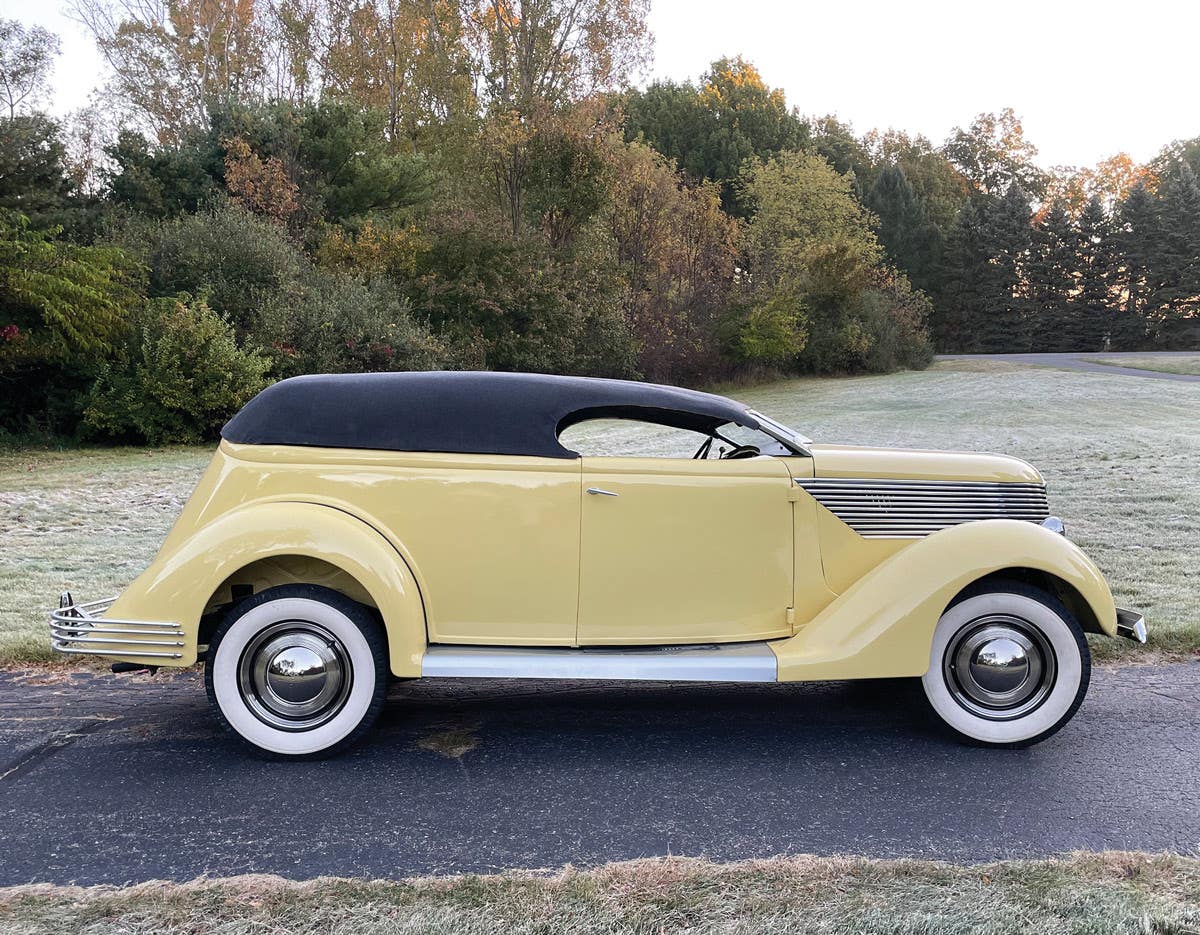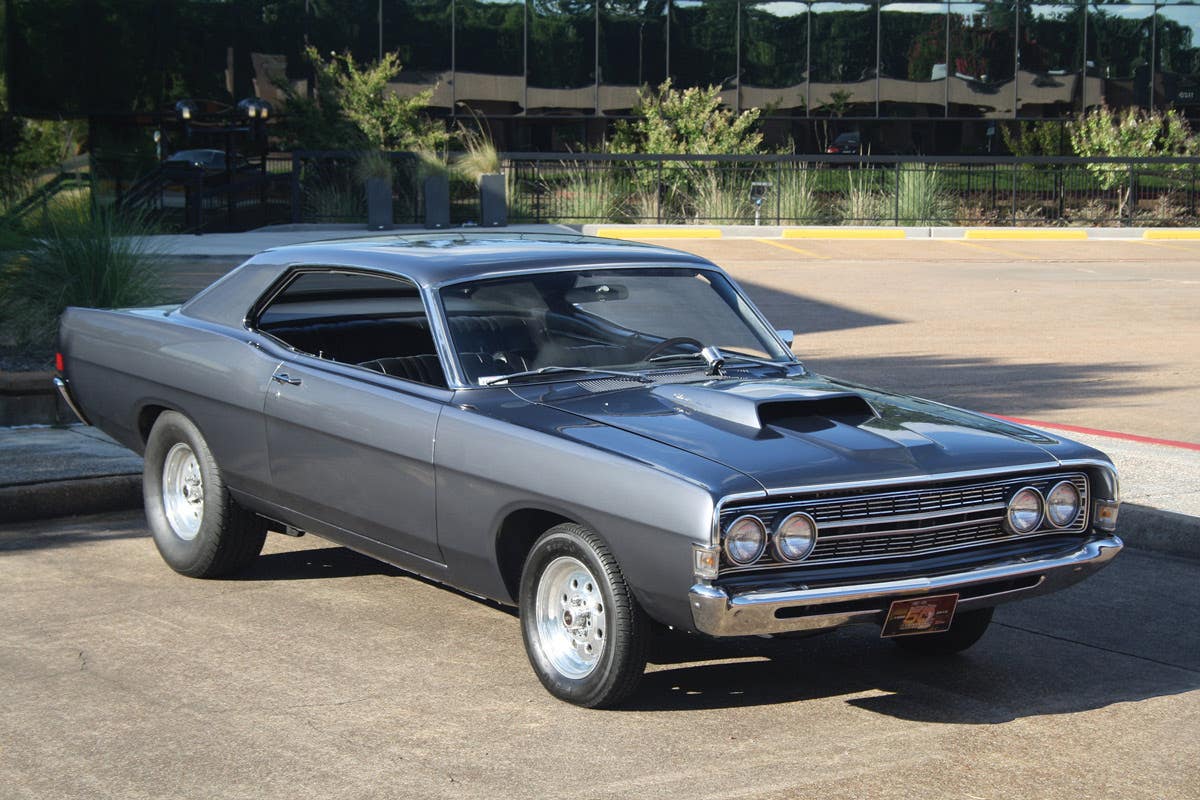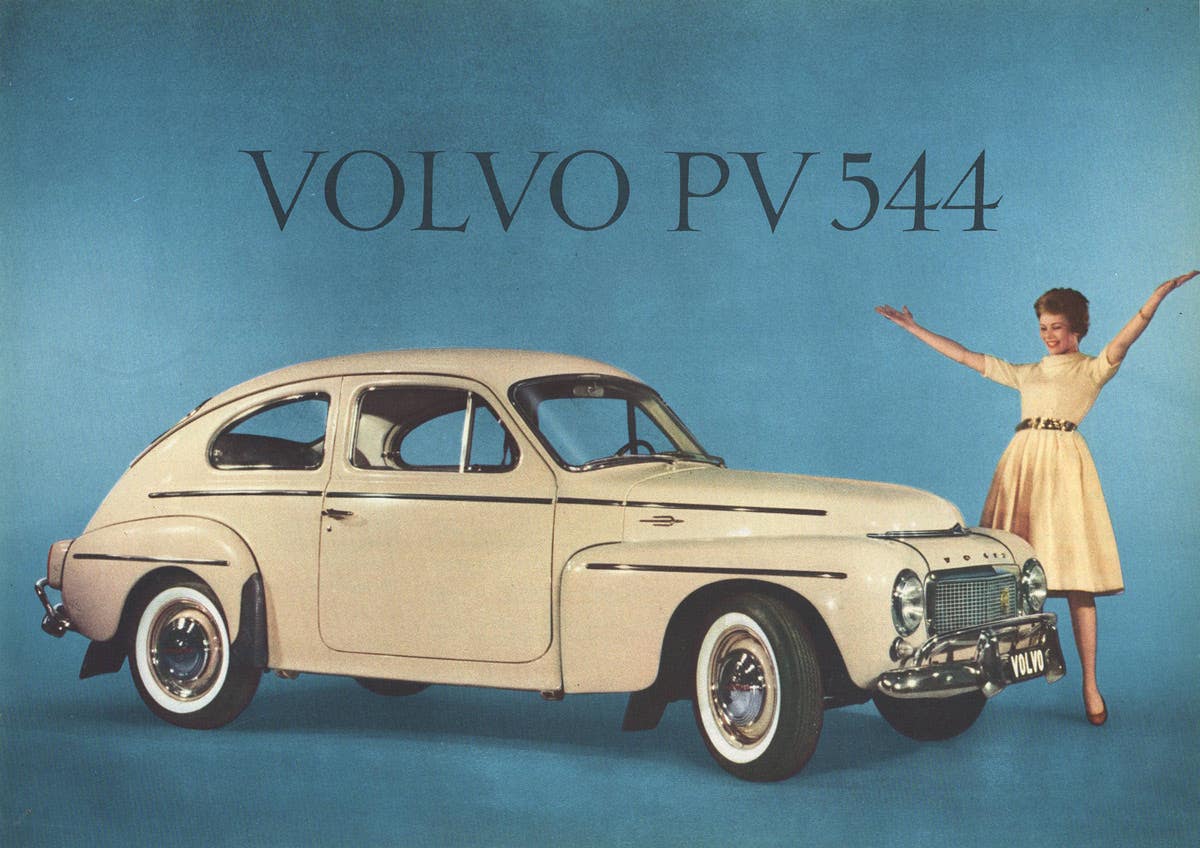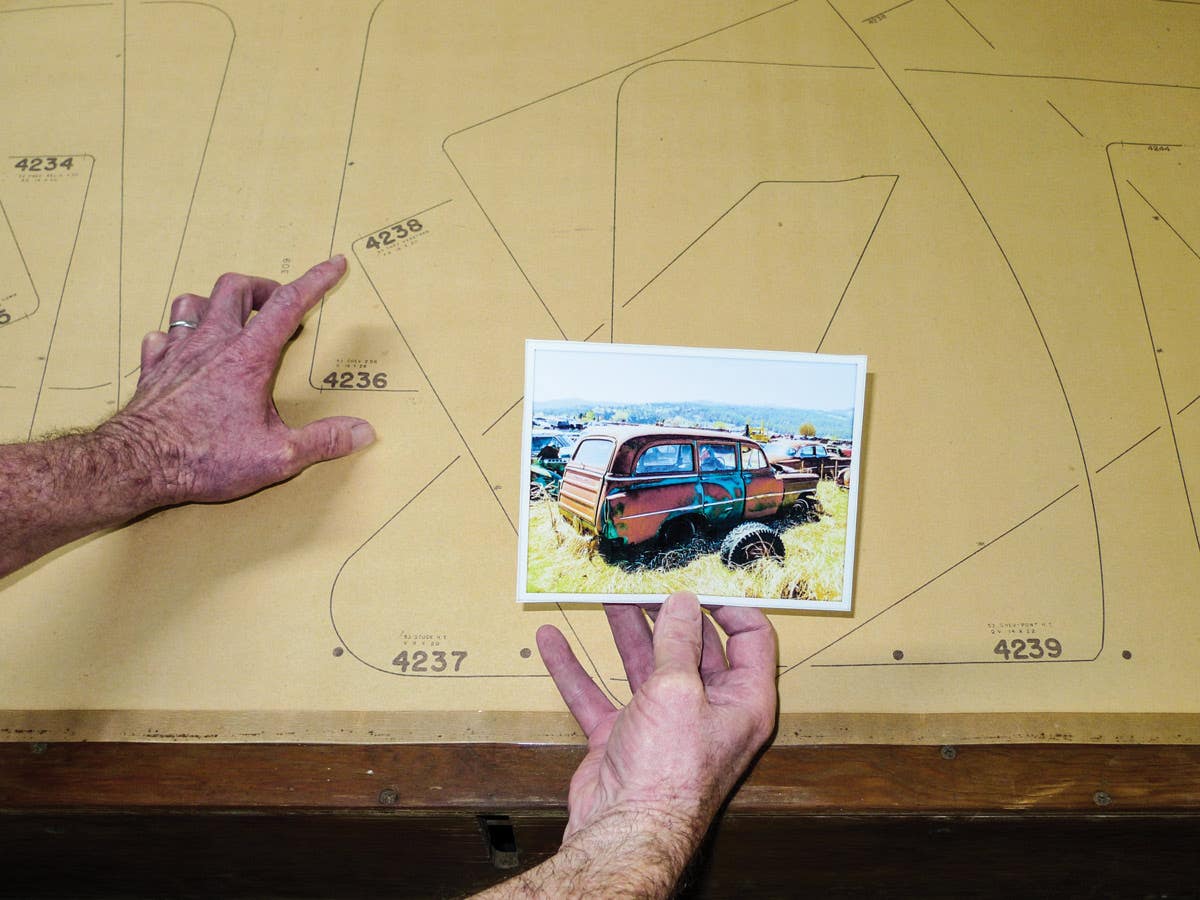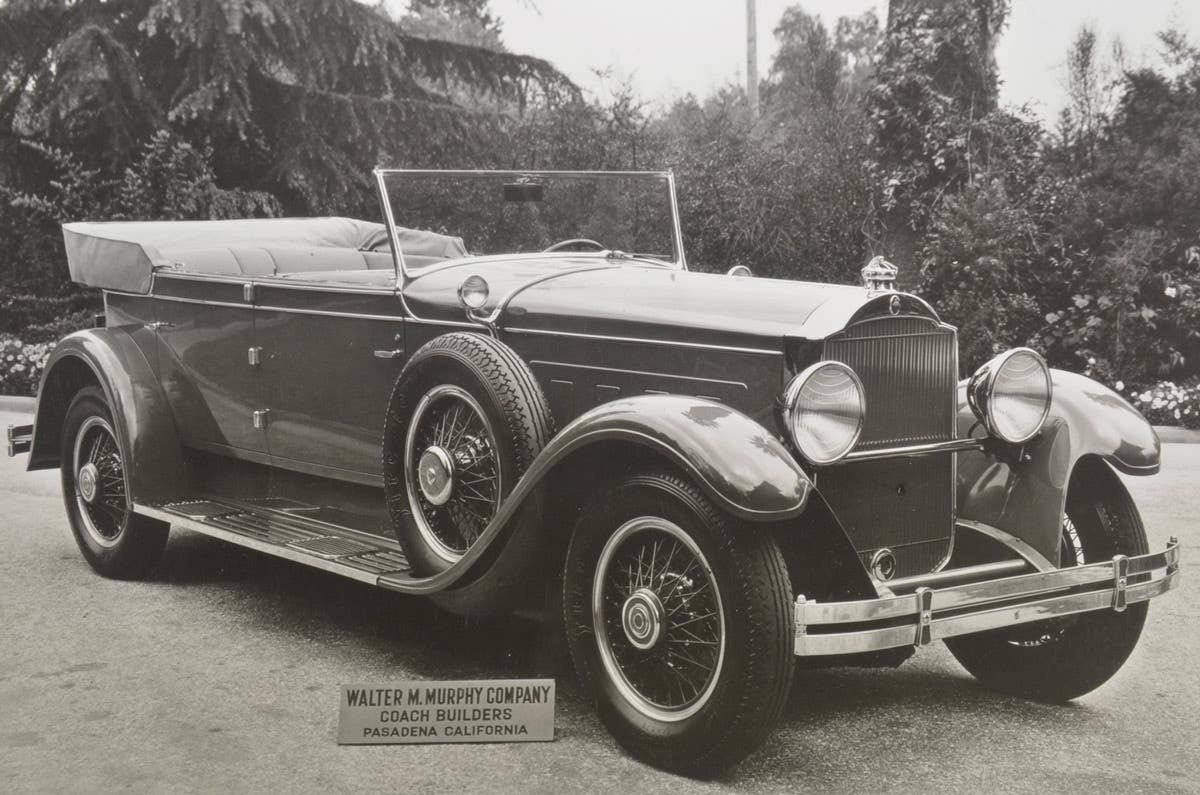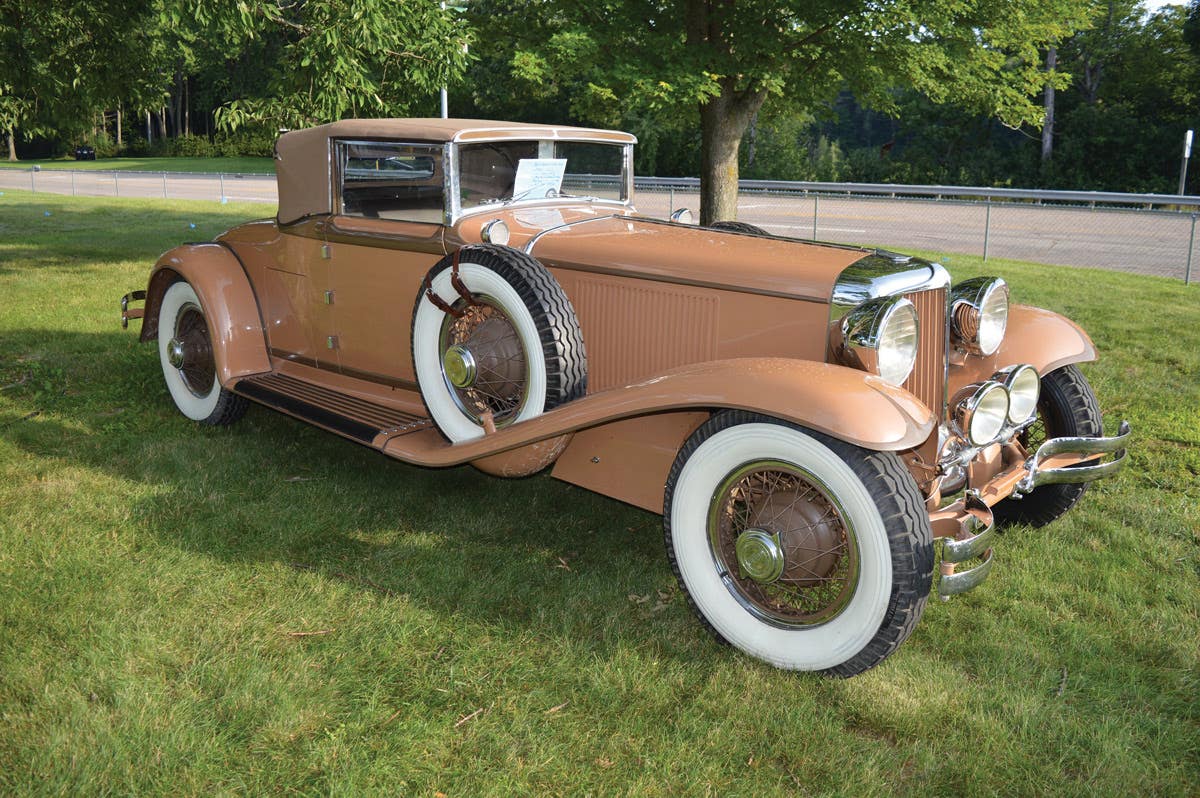Q&A with Kit Foster: October 31, 2013
Q. We have a small Schottenring car made by Gebr Ihle Bruchsal in Germany. I can’t find much information on it. Do you have information on these cars? Any idea…
Q. We have a small Schottenring car made by Gebr Ihle Bruchsal in Germany. I can’t find much information on it. Do you have information on these cars? Any idea as to their value and rarity? I have included a photo of it. Any help would be greatly appreciated.
— Mike Munson, via e-mail
A. As it happens, I do have some information. “Gebr Ihle” translates from German as “brothers Ihle.” Siblings Thomas and Frank Ihle, of Bruchsal in the district of Karlsruhe, near the French border, manufactured racing cars, including a competition version of the BMW Dixi, which was a license-built version of the British Austin Seven. They are said to have created the signature “double kidney” design for the BMW grille. After World War II, they commenced to build small cars for amusement park rides, of which your Schottenring is an example. Located near the town of Schottenring in central Germany, the Schottenring is one of the oldest motorsport tracks in that country, established in 1925. Racing was discontinued after 1956, but it still serves as a facility for rallies and classic motorcycle events.
Schottenring cars were available with two different types of front-end sheet metal, in order to give the impression of greater variety in their amusement park setting. Several different engines were used, typically a 125-cc single-cylinder, two-stoke Hirth unit of 7 hp. There was neither transmission nor suspension; axles were hard-mounted to the vehicle frame. Steering was by rack and pinion, and cable-operated brakes were furnished for the rear wheels only. The tires were 4.00x8 pneumatics of the type commonly found on wheelbarrows.
Although as sturdily built as many of the roadgoing microcars, Ihle Schottenring cars were not equipped for legal highway use, to the point of lacking an electric starter. Apparently, park attendants push-started them for their customers. As for rarity and value, I haven’t been able to find out how many were built, nor am I sure what yours would be worth. A fully restored example sold for $41,400 at the auction of the Bruce Weiner Microcar Museum in Georgia in February 2013.
-------------------------------------------------------------
Q. It appears that the Conoco “Germ Processed Motor Oil” (Q&A, Sept 12) referred to a synthetic castor oil additive they had developed that “plated” the engine. One of their ads stated: “Turn your car upside down every night unless you use Conoco Germ Processed Paraffin-Based Motor Oil.” Castor oil was used quite successfully in the early days as a motor lubricant, especially in the radial engines of World War I Allied airplanes.
Charles “Cheers” Wakefield invented a lubrication system for steam engines, founded Wakefield Oil Co., and invented a castor oil additive for gasoline engine oil. His company eventually became Castrol. “Cheers” was his mother’s maiden name, and the name he preferred to be called by. The term “Germ Processed” remains a mystery to me, as does today’s “Nitrogen Enriched” Shell gasoline.
— Dean S. Bird, Jacksonville, Fla.
A. Thanks. Dick Merritt also wrote in to say that he’s pretty sure that the Germ Processed oil was a blend with castor oil. He says: “Castor oil is famous in that it adheres strongly to metal, and was widely used in race cars in bygone years. I’m pretty sure that Castrol sold a castor oil blend not too long ago. Straight castor oil was widely used in World War I airplane engines and famously was said to have had a laxative effect on the pilots when it sprayed out of the engines.” Fred Watson did some online searching, and found a mention at http://www.oldgas.com/shoptalk/ubb/Forum4/HTML/001879-4.html that says it involved an additive invented by British scientists in 1918 made from castor oil. It is further explained that Conoco developed a synthetic version in 1934, and that “germ processed” derived from the “germ of an idea.”
To submit questions to this column: E-mail angelo.vanbogart@fwmedia.com or mail to: Q&A, c/o Angelo Van Bogart, 700 E. State St., Iola, WI 54990-0001.
Got Old Cars?
If you don't subscribe to Old Cars Weekly magazine, you're missing out on the only weekly magazine in the car hobby. And we'll deliver 50 issues a year right to your mailbox every week for less than the price of a oil change! Click here to see what you're missing with Old Cars Weekly!
More Resources for Car Collectors:
- Classic car price guides, research, books, back issues of Old Cars Weekly & more
- Get expert restoration advice for your classic car
- Get car pricing, data and history all in one place
- Sign up for Old Cars Weekly's FREE email newsletter
- Need to buy or sell your classic car? Looking for parts or memorabilia? Search our huge online classified marketplace



